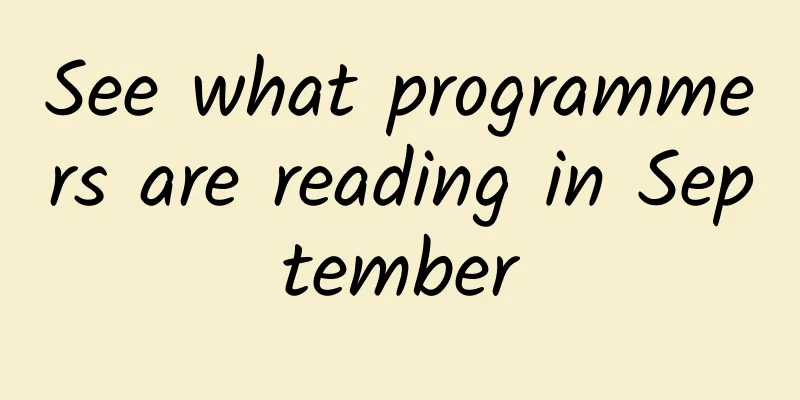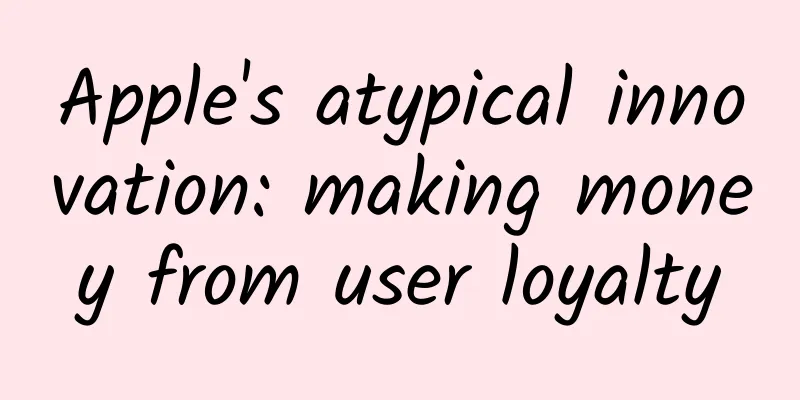Talk about MVVM and chained network request architecture

|
Preface I have been studying the architecture of iOS for some time. Why? The company's architecture has always been MVC. When we officially launched, the project already had over 100,000 lines of code. The main VCs generally have more than 2,000 lines of code. The key is that we have only done one-third of the business logic in the current version... So, restructure it. text MVVM MVVM: Model-View-ViewModel MVVM is actually an evolved version of MVC. It decouples business logic from VC to ViewModel to achieve a major "slimming" of VC. Explain with code! Make a simple login judgment: Create LoginViewModel (logic processing), LoginModel (only data), and LoginViewController. LoginView is not used here to allow beginners to better focus on decoupling with ViewModel. Of course, if you understand all of this, you can directly look at Wzxhaha/RandomerFramework, which is the basic architecture (SubClasses+Protocol+MVVM+RAC) of the independent project Randomer that I am working on, as well as its login and registration module. In addition, thanks to Wang Longshuai for this article, which opened the door to a new world for me. Add method to LoginModel
There is nothing much to say about this, just add an initialization method to the Model. Add method to LoginViewModel
Add a binding model initialization method to ViewModel, as well as a method to determine whether the account password is valid. Then VC (or View) can directly obtain the result of the judgment
It doesn't matter when it comes to simple functions, but when you are dealing with complex logical judgments, MVVM will have huge advantages. By the way, let me talk about ReactiveCocoa. The reason why I advocate MVVM so much is mainly because RAC and MVVM are a perfect match! ReactiveCocoa RAC has the characteristics of functional programming and responsive programming. If you are not familiar with programming ideas, you can read my WZXProgrammingIdeas The main purpose of RAC is to monitor various events. RAC calls this a signal flow, and then receives the signal through block callback. A large number of blocks are used in it, so be sure to use @weakify(self) and @strongify(self) well. Why do we say that RAC and MVVM are a perfect match? MVVM decouples methods to ViewModel, but they still need to be called by VC (V), so the logic for determining when to call will still be complicated. RAC solves this problem. It is responsible for monitoring events and then calling ViewModel to perform logical judgment. For example:
RAC monitors the login and registration buttons, making the code concise and the structure very compact. For a demo, check out this one: Wzxhaha/RandomerFramework https://github.com/Wzxhaha/RandomerFramework Or the simple version of WZXRACDemo https://github.com/Wzxhaha/WZXRACDemo Chained network request framework Why encapsulate WZXNetworking This is a framework with very scary fault tolerance.
Except for .setRequest(url) and startRequestWithSuccess failure methods, the others are not necessary. You can do this:
Chaining shows amazing advantages when there are many parameters and parameter choices or when there is a high probability of modification. Because it is very convenient to modify, just add or modify a method. For example: The centralized API package should look like this:
When you want to add a Version attribute to determine the API version, what can you do? You can only rewrite the method, add a Version parameter to the method, and then change the method for all network requests used. We will not consider the comparison if we switch to distributed API encapsulation.
Is this structure too loose? Then change to WZXNetworking All we need to do is add another method and a member variable, and then add .method() after the original method.
The code is here: WZXNetworking https://github.com/Wzxhaha/WZXNetworking As for how the chain is implemented, see WZXProgrammingIdeas https://github.com/Wzxhaha/WZXProgrammingIdeas |
<<: Learn common Mac commands to help iOS development
>>: Some methods to detect iOS APP performance
Recommend
WeChat reading product operation analysis!
When using a product, do you suddenly wonder, if ...
AMD Ryzen processors actually destroyed the motherboard after trying to overclock the memory
AMD Ryzen 7 processors were fully launched last n...
ACEA: European Electric Vehicle Charging Infrastructure Master Plan (72 pages)
EU-27 Electric Vehicle Charging Infrastructure Ma...
1455+11691! How to avoid cross infection in close contact isolation points? What should I pay attention to after the nucleic acid test? Let's see the expert interpretation
From 0:00 to 24:00 on April 2, 31 provinces (auto...
Goldene, only one atom thick, was created for the first time! How difficult is it to create two-dimensional materials?
Author: Chen Jiajun I believe many people have he...
Pulse advertising analysis!
The purpose of advertising is to reduce communica...
Why didn't the dinosaurs, which ruled the earth for more than 100 million years, add skill points to wisdom?
Review expert: Zhu Guangsi, member of Beijing Sci...
Dapeng Education-PS Comprehensive Case Improvement Class
Dapeng Education-PS Comprehensive Case Improvemen...
Tech keywords for 2016: layoffs, VR/AR, IoT
2015 has been a long and busy year, and my crysta...
In just a few days, 2 dead, 8 injured, 9 trapped! Safety first during travel season!
On July 22, a tourist was playing the "Start...
APP Promotion Activities: How to plan a screen-sweeping event?
Wang Zaixing, co-founder of New World, said in an...
In the 5G era, it is highly likely that Huawei smartphones will surpass Apple
Having just experienced the "hardware-free&q...
Smart home is booming again, Changhong CHIQ is moving forward steadily
With the rapid development and popularization of ...
What is the operation process of selling goods through live streaming on Douyin? How to make money by live streaming on Douyin?
This article mainly introduces the operation proc...
10 communication principles that advertisers must know!
The essence of advertising is communication. This...









